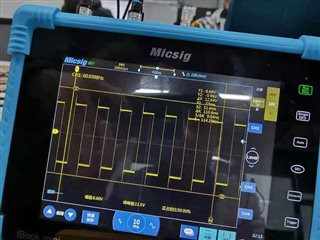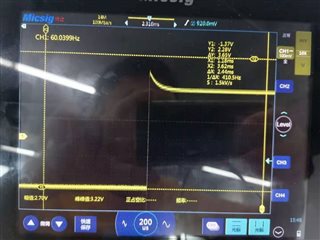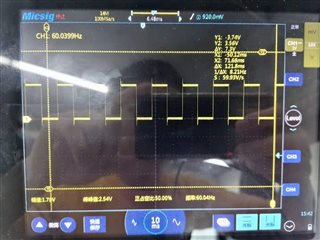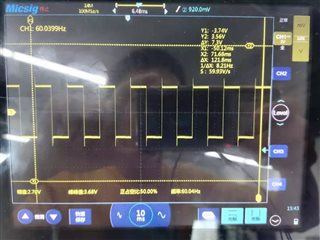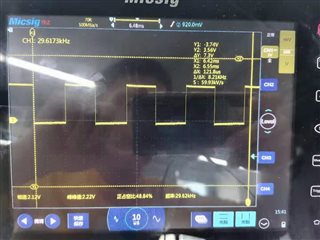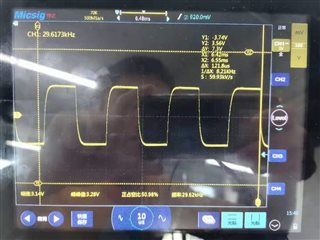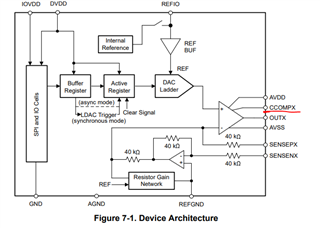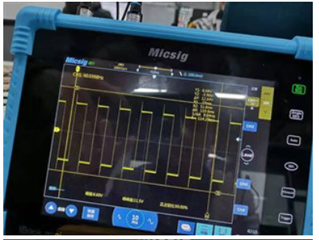Other Parts Discussed in Thread: TPS62420, DAC81404, DAC81416, DAC60096
we want use DAC61416 chip to get square wave voltage under the control of PWM (into toggle pin), but a big overshoot happen as the picture show. we test the output signal close to the chip pin, also install 51ohm or 100Kohm, this phenomenon do not disappear or change obviously. could you help check and solve this problem? we hope the signal is very accurate and smooth, so the overshoot is unacceptable.